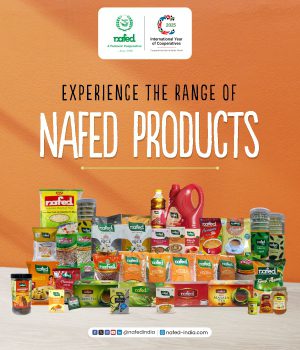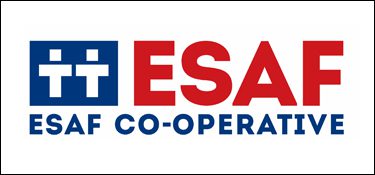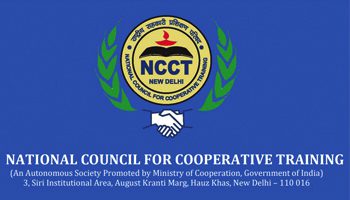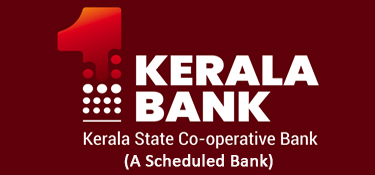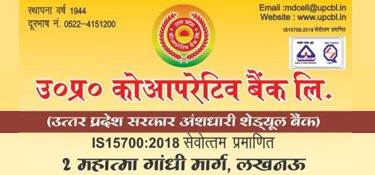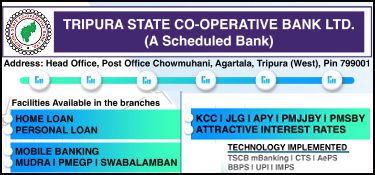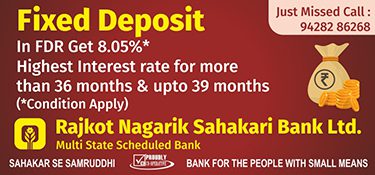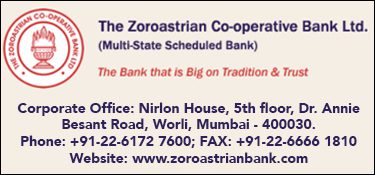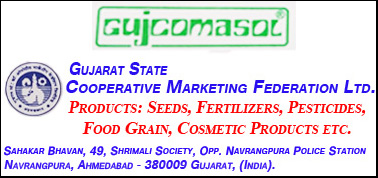Excerpts from Chairman’s speech at 37th AGM
In recent years, Indian dairy farmers have been facing soaring input costs which has adversely impacted viability of milk production as an economic activity. With declining return on investment, there is a possibility that farmers may simply lose interests in milk business and turn to other activities.
Analysis of the cost of milk production reveals that the most critical cost component is cost of feed and fodder, comprising nearly 70% of the total cost. Cost of labour is also an important cost component.
Our farmers are facing severe fodder shortage, forcing them to use lower quality feed. This shortfall is fuelling consistent rise in price of fodder. With fodder prices jumping two-fold due to lower production of cereals, milk production has become a costly business.
There is tremendous pressure of livestock on available feed and fodder since land available for fodder cultivation is decreasing. With competing claims on bio-mass for energy, cost of dry fodder for feed is rising and will continue to rise.
Dry fodder constitutes major portion of a milch animal’s ration. Farmers are also reeling under the impact of steep rise in all major ingredients of cattle feed. Price of de-oiled rice bran which constitutes 25% – 35% of cattle feed, has increased from Rs. 3483 per MTs in 2005-06 to Rs. 6618 per MTs in 2011. Price of molasses, which constitute 10% to 12% of total cattle feed has also surged from Rs. 3400 per MTs to Rs. 4300 per MTs, within last one month.
Some reports even suggest that in certain regions of India, farmers are finding it more profitable to sell their cattle to meat & leather industry, rather than continue in milk business. These very same reports also suggest that this phenomenon has already led to closure of some milk co-operatives in small pockets of India.
If true, this indeed indicates an extremely disturbing trend, which if allowed to continue unchecked can severely undermine sixty years of hard work, which went into achieving self-sufficiency in Indian dairy sector.
We do understand and appreciate the concern amongst urban consumers, regarding recent hikes in prices of branded milk and dairy products. After all, milk and milk products form a major component of our food basket.
Food inflation is a global phenomenon, especially in the developing world and is spread across a wide variety of food items. However, recent price increases in milk in India, have been triggered by sharp escalation in input costs, as farmers found viability squeezed out of the dairy business.
Due to declining returns from dairying, farmers will find it difficult to invest further in increasing the quantity and quality of milk production, as well as enhancing productivity of their cows and buffaloes.
If farmers do not actively invest in increasing herd size, providing superior quality of feed, arranging for adequate quantity of green & dry fodder, arranging for proper veterinary care, cross-breeding, artificial insemination and other productivity enhancement measures, we may not be able to achieve the desired rate of growth in milk production in India.









